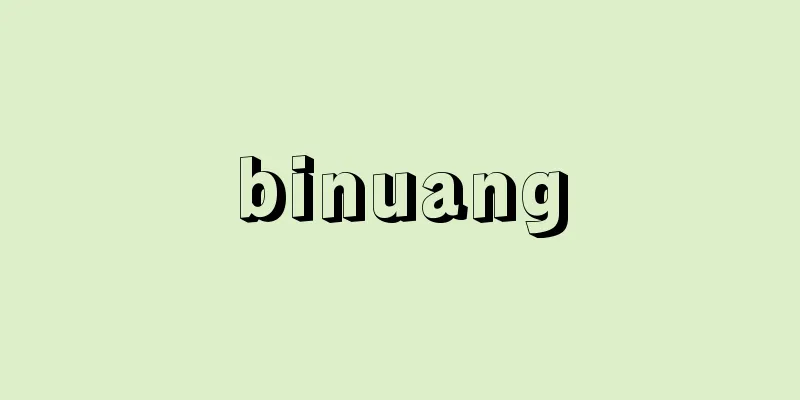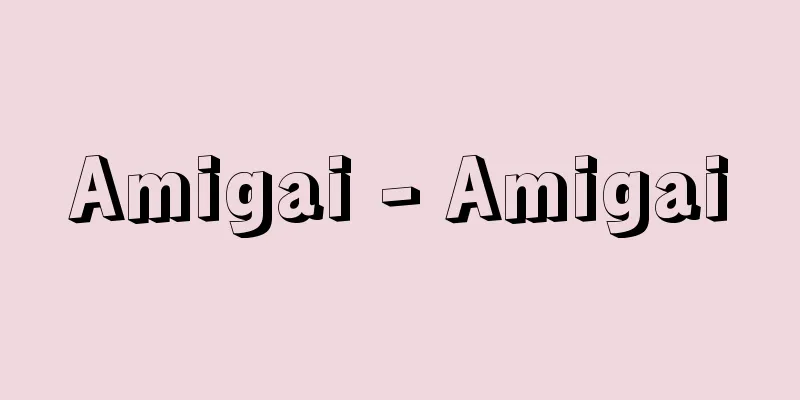Kiyohara Yorinari - From Kiyohara

|
Year of death: Bunji 5, leap year 4, 14 (1189.5.30) Year of birth: Security 3 (1122) A Confucian scholar during the Insei period of the late Heian period. Son of Dai-gaiki Kiyohara Sukeyasu. Appointed as a junior gaki in 1142, he became a direct lecturer in 1150, a resident and assistant professor at the Record Office in 1156, and became Dai-gaiki around 1166, working during the turbulent period. During this time he was recognized by Fujiwara no Yorinaga and participated in his lectures, becoming the teacher of Yorinaga's eldest son Kanenaga. In 1175 he became a doctor of Myotsuge, and in 1179 he became a tutor to Emperor Takakura. After the Hogen Rebellion (1156), he was temporarily confined to himself, but gained the trust of Kujo Kanezane, and when Kanezane became a naikan in 1185 and regent in 1189, he assisted him, and when the Record Office was restored in 1189 he became a resident and submitted policy reports by imperial decree of Emperor Goshirakawa. Many of his teachings, such as the "Shunju Jingchuan Jiji", are written by him, and he is an important figure in the history of classical Chinese studies. He is revered as the founder of the restoration of the Ming-Chinese and Taoist schools, and is enshrined at Kurumazaki Shrine in Kyoto. <References> Atsushi Mukai, "Kiyohara Yorinari" ("Japanese History Research" No. 3), Yoshio Wajima, "Kiyohara Yorinari Theory" ("Otemae Women's University Review" No. 5) (Makoto Yamazaki) Source: Asahi Japanese Historical Biography: Asahi Shimbun Publications Inc. About Asahi Japanese Historical Biography |
|
没年:文治5.閏4.14(1189.5.30) 生年:保安3(1122) 平安時代後期院政期の儒学者。大外記清原祐隆の子。康治1(1142)年少外記に任じ,久安6(1150)年直講,保元1(1156)年記録所寄人・助教,仁安1(1166)年ごろ大外記となり,動乱期の局務に当たるが,この間藤原頼長に認められて彼の講論の一員に加わり,頼長の長子兼長の師となった。安元1(1175)年明経博士,治承3(1179)年高倉天皇侍読。保元の乱(1156)後一時逼塞したが,九条兼実の信任を得て,兼実が文治1(1185)年内覧,2年摂政となるや彼を補佐し,3年記録所復活とともに寄人となり,後白河院の院宣により政策を上奏した。『春秋経伝集解』など,彼の訓説を伝えるもの多く,経学史上重要な人物でもある。明経道家の中興の祖として仰がれ,京都車折神社に祀られる。<参考文献>向居淳郎「清原頼業」(『日本史研究』3号),和島芳男「清原頼業論」(『大手前女子大学論集』5号) (山崎誠) 出典 朝日日本歴史人物事典:(株)朝日新聞出版朝日日本歴史人物事典について 情報 |
Recommend
Ordzhonikidze
A politician in Russia and the Soviet Union. Born ...
Place de l'Étoile - Place de l'Étoile (English name)
Former name of Place Charles de Gaulle in Paris, ...
Sumi Hanayagi
Dancer. (1) First Generation (1898-1947, Meiji 31-...
《Wita Funyo Alice》
...Other interesting works include Nosaka Akiyuki...
Samegai
A district of Maibara City in northeastern Shiga ...
Sorre, Maximillien
Born: 1880. Rennes, France [Died] 1962 French geog...
Kannamesai - Kannamesai
Also known as "Shinjosai" or "Kann...
Sarasvati River (English spelling)
It originates in the Siwalik Hills in Sirmul Distr...
Brown ring reaction
This is also called the brown ring test. This is ...
lupulin
...The shape, size, and number of cones vary depe...
Anthem
… Among the other Protestant denominations that a...
Spitzweg, Carl
Born: February 5, 1808 in Munich Died: September 2...
Relativism
It is against absolutism. It is a position that pr...
Saddle
A tool used when placing a person or baggage on a...
Eri Fisheries - Erigyogyo
…The reason why the jars in these Southeast Asian...









